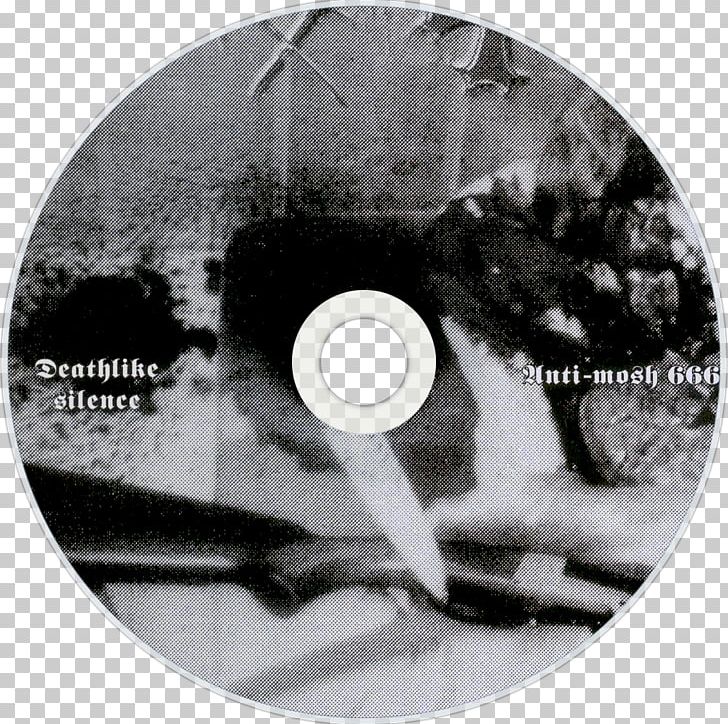Mayhem Band Album Cover: A Deep Dive Into The Art Of Chaos
When it comes to extreme music, Mayhem stands tall as one of the most iconic names in black metal. Their album covers are more than just art—they’re a gateway into their chaotic world. If you’re here, chances are you’re diving deep into the dark universe of Mayhem’s visual storytelling. Let’s explore what makes their album covers so legendary.
Mayhem is not just a band; it’s a movement. Their music and album covers have defined the black metal scene for decades. From the raw energy of their early days to the polished chaos of their recent albums, their art reflects their unyielding spirit. This article will take you on a journey through the evolution of Mayhem’s album covers, uncovering the stories behind the artwork and the messages they convey.
So, whether you’re a die-hard fan or just curious about the artistry behind Mayhem’s visual identity, this article has got you covered. We’ll dive into the history, symbolism, and cultural impact of Mayhem’s album covers, ensuring you leave with a deeper appreciation for their contribution to the world of heavy metal.
Read also:Best Iot Ssh Web For Raspberry Pi Free Unleash Your Pis Potential
History of Mayhem Band
Before we dive into the album covers, let’s talk about Mayhem itself. Formed in 1984 in Oslo, Norway, Mayhem quickly became a cornerstone of the black metal movement. Their music is raw, aggressive, and unapologetic, much like their album covers. The band’s history is filled with drama, tragedy, and innovation, making them one of the most talked-about bands in metal history.
Here’s a quick rundown of Mayhem’s key milestones:
- 1984: Mayhem is formed by Euronymous and Necrobutcher.
- 1990: Release of their debut album, “De Mysteriis Dom Sathanas,” which became a cornerstone of black metal.
- 1991: Tragic events surrounding the band, including the suicide of vocalist Dead, leave a lasting impact on the metal community.
- 2000s: Mayhem continues to evolve, releasing critically acclaimed albums like “Chapters of the Forest” and “Esoteric Warfare.”
Throughout their career, Mayhem has been synonymous with controversy and innovation. Their album covers reflect this duality, often combining dark, eerie imagery with intricate details that tell a story.
Biography of Mayhem Members
To truly understand Mayhem’s album covers, it’s essential to know the people behind the music. Below is a quick look at the key members who have shaped the band’s sound and visual identity.
| Name | Role | Tenure | Notable Contributions |
|---|---|---|---|
| Euronymous | Guitarist | 1984–1993 | Co-founder of Mayhem and a driving force behind the early black metal scene. |
| Dead | Vocalist | 1988–1991 | Known for his theatrical performances and tragic suicide, which left a lasting impact on the band. |
| Attila Csihar | Vocalist | 1993–2002, 2010–present | Vocalist for “De Mysteriis Dom Sathanas” and a key figure in Mayhem’s later years. |
| Kristoffer Rygg (aka Abbath) | Guitarist | 1992–2013 | Co-wrote much of Mayhem’s material during his tenure and later formed Abbath. |
Mayhem Band Album Cover Evolution
Now, let’s get into the meat of the article: Mayhem’s album covers. Over the years, their covers have evolved, reflecting the band’s growth and the changing landscape of black metal. Each cover tells a story, whether it’s through symbolism, color, or composition.
Early Days: Raw and Primitive
In the early days, Mayhem’s album covers were raw and primitive, much like their music. The artwork for “De Mysteriis Dom Sathanas” is a perfect example. Featuring a blood-soaked crucifix and a desolate churchyard, the cover perfectly encapsulates the band’s dark, nihilistic themes.
Read also:Kim Chiu Husband The Untold Story Of Love Life And Everything In Between
This era was all about shock value and authenticity. The band wanted to push boundaries and challenge societal norms, and their album covers were a reflection of that mindset.
Mid-Career: Refinement and Symbolism
As Mayhem entered the 2000s, their album covers became more refined, incorporating intricate symbolism and detailed artwork. Albums like “Chapters of the Forest” feature lush, forested landscapes that contrast with the band’s aggressive sound.
This period marked a shift in Mayhem’s visual identity, as they began to explore new themes and ideas. The covers from this era often tell a story, inviting listeners to delve deeper into the music and its meaning.
Symbolism in Mayhem Album Covers
Mayhem’s album covers are rich with symbolism, often drawing from mythology, religion, and nature. Let’s break down some of the recurring themes:
- Death and Decay: Many covers feature imagery related to death, such as skeletons, graves, and decayed landscapes. This ties into the band’s fascination with mortality and the darker aspects of life.
- Nature and the Occult: Forests, mountains, and other natural elements frequently appear on Mayhem’s covers. These elements often carry occult or mystical connotations, adding depth to the artwork.
- Religious Iconography: Mayhem often uses religious symbols, such as crosses and churches, in a subversive manner. This reflects their anti-Christian stance and their desire to challenge traditional beliefs.
These symbols aren’t just decorative; they’re integral to the band’s message and identity. They invite listeners to think critically about the world around them and the themes explored in Mayhem’s music.
Mayhem Album Cover Designers
Behind every great album cover is a talented artist. Mayhem has worked with several renowned designers over the years, each bringing their unique style to the band’s visual identity. Some of the notable designers include:
- Johannes Jansson: Known for his work on “Chapters of the Forest” and “Esoteric Warfare,” Jansson’s art is characterized by its intricate detail and vibrant colors.
- Tristan Österman: Responsible for the cover of “Ordo Ad Chao,” Österman’s work combines surrealism with dark, eerie elements.
- Euronymous: Before his death, Euronymous was heavily involved in the design of Mayhem’s early album covers, ensuring they aligned with the band’s vision.
These artists have played a crucial role in shaping Mayhem’s visual identity, ensuring that their covers remain as powerful and evocative as their music.
Cultural Impact of Mayhem Album Covers
Mayhem’s album covers have had a profound impact on the black metal scene and beyond. Their use of dark, provocative imagery has influenced countless artists and bands, helping to define the aesthetic of extreme metal.
Beyond the music world, Mayhem’s covers have also sparked discussions about censorship, freedom of expression, and the role of art in society. Their willingness to push boundaries has made them a lightning rod for controversy, but it’s also cemented their place in metal history.
Mayhem Album Cover Controversies
No discussion of Mayhem’s album covers would be complete without addressing the controversies they’ve sparked. From accusations of promoting violence to concerns about offensive imagery, Mayhem’s covers have often been at the center of heated debates.
However, the band has always maintained that their art is meant to challenge and provoke thought, not to incite harm. In a world where art is often sanitized and stripped of its edge, Mayhem’s covers stand as a testament to the power of raw, unfiltered creativity.
Mayhem Album Covers and Fan Reactions
Mayhem’s fans are a passionate bunch, and their reactions to the band’s album covers vary widely. Some see the covers as works of art, while others find them unsettling or even offensive. This diversity of opinion is part of what makes Mayhem so compelling.
For many fans, the covers are an integral part of the Mayhem experience. They provide a visual representation of the band’s music and themes, enhancing the overall listening experience. Whether you love them or hate them, there’s no denying their impact on the black metal community.
The Future of Mayhem Album Covers
As Mayhem continues to evolve, so too will their album covers. With each new release, the band has the opportunity to push boundaries and explore new artistic directions. Fans can expect more of the same—dark, thought-provoking imagery that challenges and inspires.
One thing is certain: Mayhem’s album covers will always be a reflection of their music and their ethos. Whether they’re drawing on ancient myths or modern themes, their art will continue to resonate with fans around the world.
Conclusion: Why Mayhem Album Covers Matter
In conclusion, Mayhem’s album covers are more than just artwork—they’re a window into the band’s soul. From their raw, primitive beginnings to their refined, symbolic present, Mayhem’s covers have evolved alongside the band, always staying true to their roots.
So, the next time you pick up a Mayhem album, take a moment to appreciate the cover. It’s not just a piece of art; it’s a story, a message, and a reflection of the band’s unyielding spirit. And if you haven’t already, be sure to share this article with your fellow metalheads and let us know what you think in the comments below.
Now go forth and embrace the chaos!
Table of Contents
- History of Mayhem Band
- Biography of Mayhem Members
- Mayhem Band Album Cover Evolution
- Symbolism in Mayhem Album Covers
- Mayhem Album Cover Designers
- Cultural Impact of Mayhem Album Covers
- Mayhem Album Cover Controversies
- Mayhem Album Covers and Fan Reactions
- The Future of Mayhem Album Covers
- Conclusion: Why Mayhem Album Covers Matter


